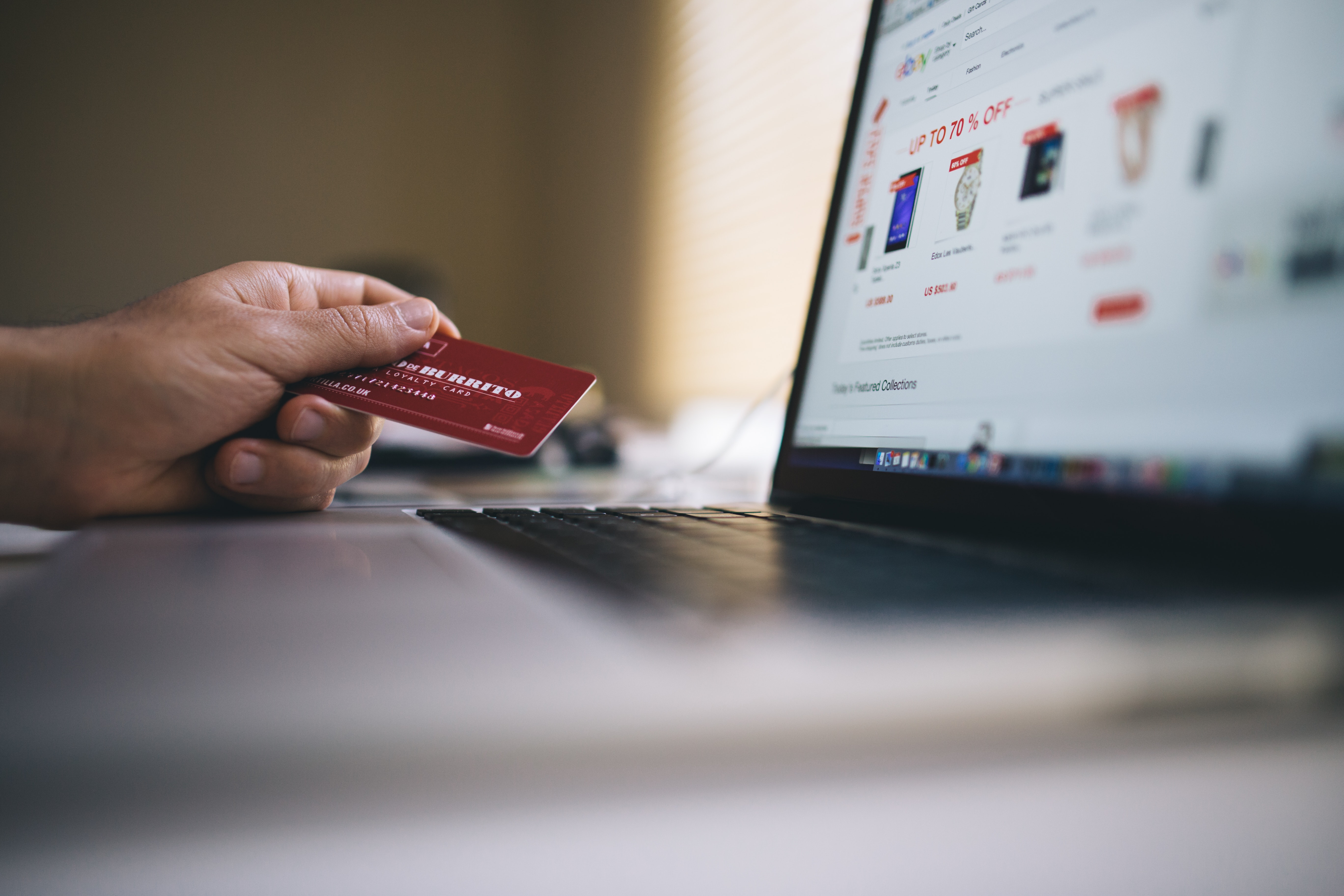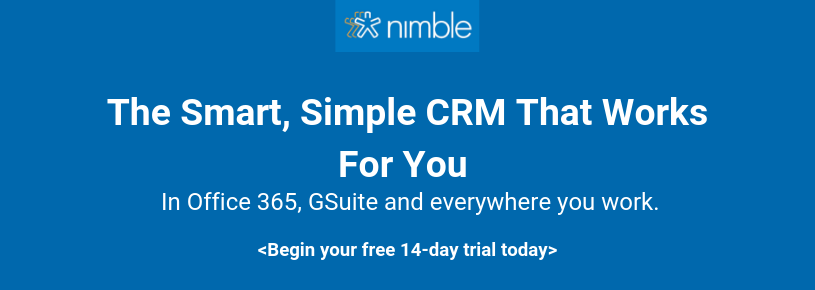It’s not just consumers that want a personalized customer experience when they interact with a brand, online or offline. Today’s businesses also want that same experience; where the brand knows and suggests things that they personally need or want.
Here are some strategies you can adapt to personalize the experience for your business customers to strengthen their loyalty:
1. Provide flexible payment terms
It’s ideal to establish a uniform payment period for customers. Yet, businesses often need some flexibility; they have different business cycles, seasonal revenue changes, and cash flow schedules. Giving them personalized payment terms can be the deciding factor that wins their account and loyalty.
This personalized payment process may also end up earning your business additional revenue. For example, a business customer can then make a larger purchase because of these custom payment terms. The customer may also appreciate the fact that you seem more concerned about their needs than getting their money.
Reach out to a potential customer, or check in on customers you haven’t heard from in a while. Address payment term flexibility to gauge if they need this type of personalized approach to purchasing. You might also be able to see if flexibility can help your customer by reviewing their past buying behavior.

2. Offer numerous payment options
Mentioning or offering various payment options is another way to increase the personalized feel of working with your brand. Customers may feel more inclined to align with your brand when you give them customized payment options. Buying when a customer can apply that amount toward purchases with you is an essential component. Payment options include the choice to open a line of credit, automated clearing house (ACH) payments, and electronic funds transfer (EFT).
Of course, you can also still accept traditional payment methods like cash, check, debit, and credit cards.
3. Create account-based promotions and discounts
Every customer appreciates the value of promotions, coupons, and other types of discounts. However, your business customer typically only sees generic versions of these value-add campaigns. Leverage the data in your customer relationship management software to pinpoint the time of year, frequency, and most attractive discount or promotion for each customer’s purchase history.
Pay attention to other data that can benefit and shape the type of personalized promotion you offer. Customer data to consider will include the length of the relationship and a description of what they commonly buy. Identify some common patterns to create some promotion levels to personalize the offers. You can then group the discount types into various campaigns that also align with available inventory.
Highly-targeted discounts become much more relevant when they demonstrate personalization. Customers will pay close attention to your brand — even if they don’t utilize the option to redeem the discount.
4. Share uniquely relevant content
Not every customer has the same interests or concerns, despite all buying similarities. Unique content with diversified reasoning will better showcase your product or service from your business. Review conversations with your clients and customers, and the notes you have kept on each account to utilize — then group accounts into segments.

You’ll be able to share insights that can drive personalized content for certain segments of your customer base. When they receive personalized content in a newsletter or email, they’ll see that you were listening and seeking other ways to help them.
You can start personalizing content with just the basics. This approach includes sending birthday or anniversary emails, adding their first name to the correspondence, and addressing information from their previous product search history. Another option is to create and share personalized landing pages for your website with information that only certain customer personas would find meaningful. Locate and share research or stories that you think certain customers may enjoy that they might otherwise not have seen.
Personalized content examples resonate with your customers; they’ll realize how much time and effort it took you to create personalized content options. They’ll appreciate that you valued their relationship with your brand enough to go this extra mile.
5. Check-in with potential solutions to customer problems
Stay attuned to changes in trends and challenges that affect your customers. Take the opportunity to reach out with specific recommendations. Mention new technology and relevant products or services outside of your company’s own product offerings. Contact and share this information with clients.
Thinking of clients as part of a much larger picture that doesn’t necessarily yield a sale for you is always a good practice to keep in mind. A level of individual concern and awareness will maintain that all-important customer loyalty.
Carving Out Your B2B Personalization Strategy
When it comes to increasing sales, personalization is becoming a larger part of the strategy for success. Implement a multi-pronged approach with each idea balanced on available data and technology, like artificial intelligence. Ensure optimization of all company tools and information before launching your suggestions to clients and customers.
Some personalization tactics work more effectively than others; watch for ways to deepen your level of personalization. Pay attention and track responses to allow your company the time and ability to revise, personalize, and quickly switch your approach — especially with B2B customers.


